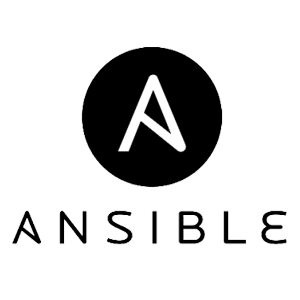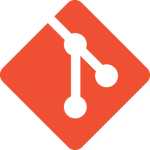Infrastructure as Code
A simplified problematic scenario
Many IT teams still rely on manual configurations, custom scripts, golden images or outdated tools to manage infrastructure, resulting in errors and slow deployments.
Modern way to managing infrastructure
Organizations looking for faster deployments treat infrastructure like software: as code that can be managed with the same tools and processes software developers use, such as version control, continuous integration, code review and automated testing. These let you make infrastructure changes more easily, rapidly, safely and reliably.
Key Benefits
- Have properly maintained and transparent structure of your cloud infrastructure including networking stack, cloud servers, load balancers and more
- The code itself is upto date documentation
- Able to bring back the servers and configurations to desired state.
- Start treating servers like kettle. If it gets sick you replace it.
- Having it in the code means, you can apply the code review workflow to make sure any change in the infrastructure is tested, properly reviewed and approved
CloudMaze Approach
Defining Infrastructure as Code may sound complicating in the first place. At CloudMaze, we believe in simplicity. The tools and technologies used at CloudMaze to accomplished this are powerful, battle tested and most importantly simple to understand and integrate.
KEY TOOLS

TERRAFORM
Terraform is a tool for building, changing, and versioning infrastructure safely and efficiently. Terraform can manage existing and popular service providers as well as custom in-house solutions.
website: https://www.terraform.io

ANSIBLE
Ansible is a radically simple IT automation platform written using Python/PowerShell languages that makes your applications and systems easier to deploy over cloud
website: https://www.ansible.com

JENKINS
Jenkins is an open source automation server written in Java with an unparalleled plugin ecosystem to support practically every tool as part of your delivery pipelines
website: https://www.jenkins-ci.org
 GIT
GIT
Git is a free and open source distributed version control system designed to handle everything from small to very large projects with speed and efficiency.
website: https://git-scm.com
